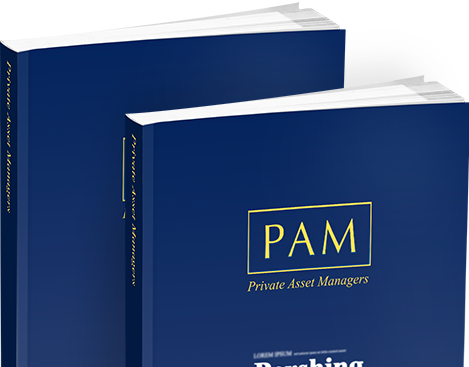Exchange traded fund (ETFs) and exchange traded products (ETPs) have become a popular option for many investors. Their flexibility, liquidity and low costs have made them seem an attractive proposition. According to data from independent research firm ETFGI, in 2015 the global ETP sector reported record inflows of $372.0 billion, a 10 percent increase on the previous record high recorded in 2014.
Unlike a traditional mutual fund, an ETF trades on a stock exchange in much the same way as an equity does. It can hold a variety of assets, such as bonds, commodities or shares. An investor does not have any ownership of these underlying assets, but instead is paid a proportion of profits, such as earned interest of dividends.
ETFs tend to track an index, which is why they are often labelled as passive investments. This is as opposed to active investments, where a manager aims to beat the market by making investment calls.
ETFGI states a number of reasons why an investor might use an ETF. These are:
However, some have drawn attention to potential risks that investors should be aware of when looking at ETFs. One of the most commonly cited problems is that of tracking error. This is a disparity between the value of the underlying assets and the returns of an ETF. This usually remains at a small percentage, but can widen and tends to be more of an issue when the fund invests in illiquid assets. Illiquidity and transactions costs are often cited as the main cause of tracking error. As with all investments the key is to understand the nature of the investment that is being made.
The PAM Directory is a comprehensive guide on comparative data focusing on asset managers, investment managers, private banks, stockbrokers, wealth managers and multi-family offices, who provide discretionary and/or advisory portfolio management services for private clients.
Order Now
Subscribe to PAM to hear about the latest news and promotions
Site Content Copyright PAM Insight Ltd 2016
This option is not available when logged in as a Private Asset Manager.
For registering with PAMonline. You should now receive an email asking you to verify your email address. If you do not receive this email, please call +44 (0)207 967 1601 for assistance.
To reset your password please enter code below.
To restore your password please enter your email below.
To see full information of the Private Asset Managers, plus the opportunity to rate and follow, login or register
For registering with PAMonline.
You should now receive an email asking you to verify your email address.
If you do not receive this email, please call +44 (0)207 967 1601 for assistance.
To return to the Home page, click here
To see full information of the Private Asset Managers,
plus the opportunity to rate and follow, login or register.
Please fill in all the fields.
To activate your account enter valid activation code below.
To resend activation email type in your registered email address below. Or contact the PAM office on +44 (0)20 7967 1608 to get instructions to activate your account.
